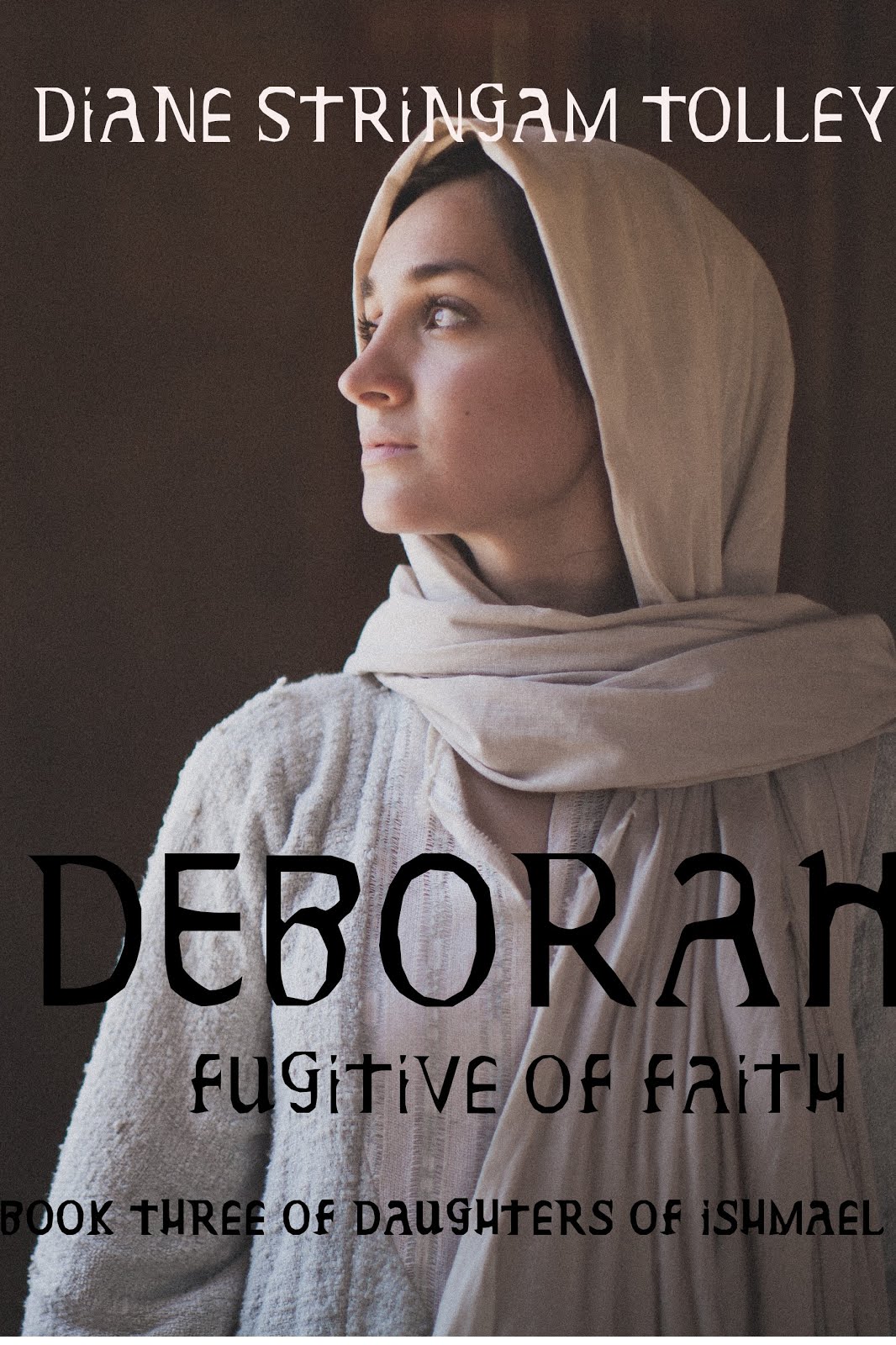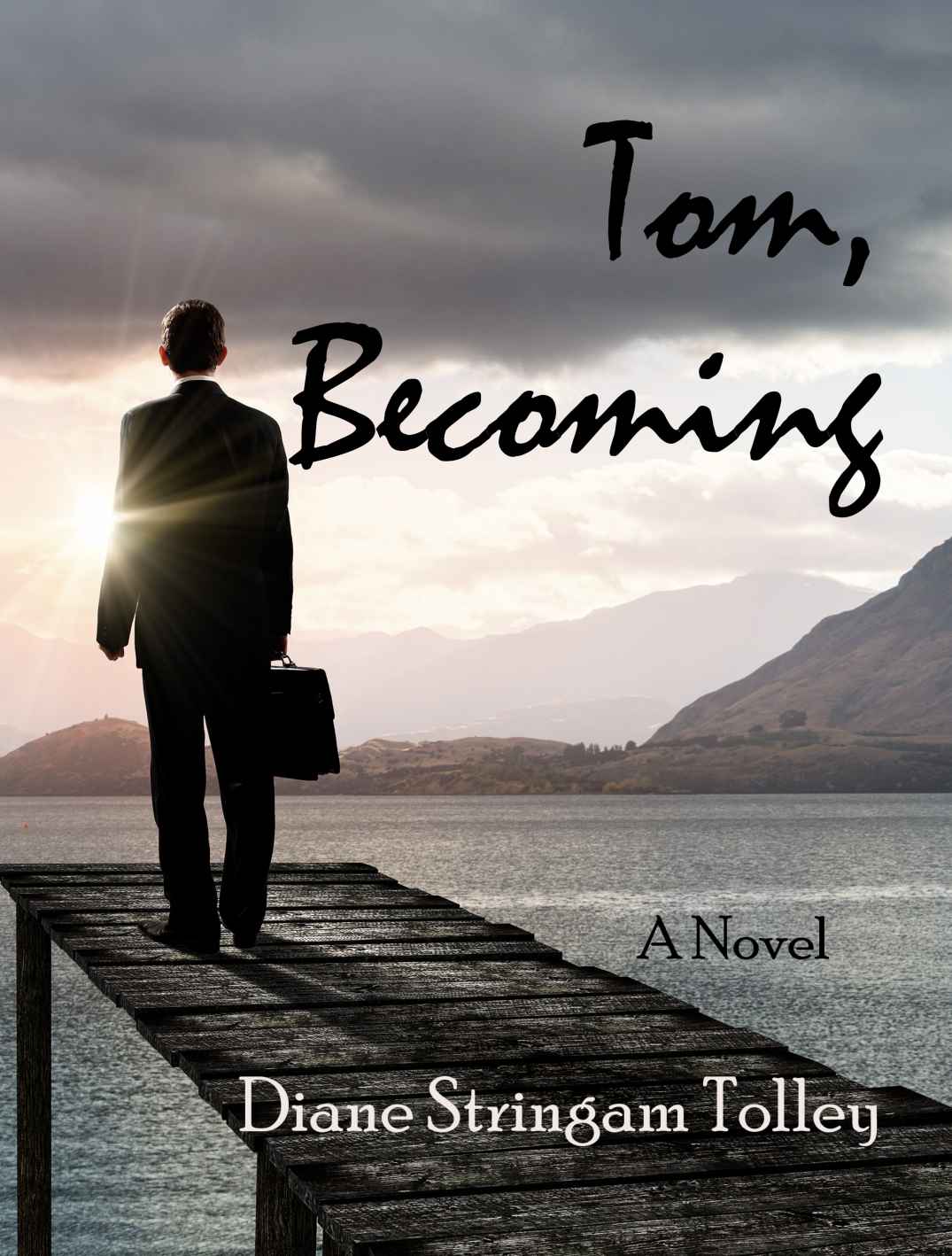 |
| Daddy at 6 on Peggy. Another good cow pony. |
A good cow pony is more than just transportation in the ranching world.
It is partner, confidante, shelter, and yes, even protector.
Dad's horse had been superbly trained.
By him.
Calving season is a rather exciting time of the year. For at least a couple of reasons.
Because new babies are appearing in the fields. And new baby calves are cute.
But also because you are getting up close and personal with warm, furry creatures who outweigh you by several hundreds of pounds.
See? Exciting. In an unpredictable/ohmygoodness sort of way.
Most cows on the Stringam ranch calved between January and March.
Without ceremony or fanfare.
In the field.
Calves were tagged and given their newborn shots within a few feet of where they were born.
I should mention here that Hereford cows are docile and easily managed.
Except when they have a newborn calf nearby.
You've heard the stories about getting between she-bears and their babies?
Well, Hereford cows would kill to have that reputation.
Hmm . . . Actually, they would have to kill to get that reputation.
Just thought I'd point that out.
Because it really has nothing to do with this story.
Moving on . . .
Hereford cows may not be the black-leather-clad, chain-toting members of the bovine family, but they can still be rather aggressive when their babies are in danger.
Or when they think their babies may be in danger.
As when people are around.
My Dad found this out the exciting way.
He had come across a newborn calf, lying 'hidden' in the tall grass.
Dismounting, he straddled the calf and prepared to vaccinate.
And that's when Mama noticed him.
Suddenly, a thousand pounds of red and white indignation were breathing down his neck.
And I do mean down his neck.
I know this will sound funny, but when a cow is threatening, the best place to be in the wide-open prairie is 'under' one's well-trained horse.
Really.
You crawl under your horse and no cow will come near.
Hastily, Dad pulled himself and his captive under his horse and continued with his work.
The cow snorted and fidgeted, circling around, trying to find the flaw in this scenario.
The horse kept one eye on her. All the while turning to keep his hindquarters directed towards the irate bundle of hair and aggression.
This worked for a few moments.
But finally, even the presence of a larger, stronger, and infinitely smarter creature didn't deter.
She charged.
Remember where I mentioned that the horse kept his hindquarters towards the cow?
That's because that is a horse's 'dangerous' end. (Brings a whole new mean to calling someone a horse's a##, doesn't it?)
Ahem . . .
The end that is always loaded.
And ready to fire.
He let fly.
With both barrels.
He caught the cow in the head.
In mid-charge.
Now a cow's head is composed mostly of bone.
They can be hurt.
But it takes a lot.
This kick merely stopped the cow for a moment.
She shook her head, confused.
Then looked around.
What had she been doing?
About that time, Dad finished with the calf and let it go.
It trotted over to its mother and the two of them hurried towards the nearest far-away place.
Dad stood up and gave his horse a pat.
“Good boy.”
Then mounted up and continued his ride.
Another rather mundane day in the life of a good cow-pony.
What would we do without them?
Dad's horse had been superbly trained.
By him.
Calving season is a rather exciting time of the year. For at least a couple of reasons.
Because new babies are appearing in the fields. And new baby calves are cute.
But also because you are getting up close and personal with warm, furry creatures who outweigh you by several hundreds of pounds.
See? Exciting. In an unpredictable/ohmygoodness sort of way.
Most cows on the Stringam ranch calved between January and March.
Without ceremony or fanfare.
In the field.
Calves were tagged and given their newborn shots within a few feet of where they were born.
I should mention here that Hereford cows are docile and easily managed.
Except when they have a newborn calf nearby.
You've heard the stories about getting between she-bears and their babies?
Well, Hereford cows would kill to have that reputation.
Hmm . . . Actually, they would have to kill to get that reputation.
Just thought I'd point that out.
Because it really has nothing to do with this story.
Moving on . . .
Hereford cows may not be the black-leather-clad, chain-toting members of the bovine family, but they can still be rather aggressive when their babies are in danger.
Or when they think their babies may be in danger.
As when people are around.
My Dad found this out the exciting way.
He had come across a newborn calf, lying 'hidden' in the tall grass.
Dismounting, he straddled the calf and prepared to vaccinate.
And that's when Mama noticed him.
Suddenly, a thousand pounds of red and white indignation were breathing down his neck.
And I do mean down his neck.
I know this will sound funny, but when a cow is threatening, the best place to be in the wide-open prairie is 'under' one's well-trained horse.
Really.
You crawl under your horse and no cow will come near.
Hastily, Dad pulled himself and his captive under his horse and continued with his work.
The cow snorted and fidgeted, circling around, trying to find the flaw in this scenario.
The horse kept one eye on her. All the while turning to keep his hindquarters directed towards the irate bundle of hair and aggression.
This worked for a few moments.
But finally, even the presence of a larger, stronger, and infinitely smarter creature didn't deter.
She charged.
Remember where I mentioned that the horse kept his hindquarters towards the cow?
That's because that is a horse's 'dangerous' end. (Brings a whole new mean to calling someone a horse's a##, doesn't it?)
Ahem . . .
The end that is always loaded.
And ready to fire.
He let fly.
With both barrels.
He caught the cow in the head.
In mid-charge.
Now a cow's head is composed mostly of bone.
They can be hurt.
But it takes a lot.
This kick merely stopped the cow for a moment.
She shook her head, confused.
Then looked around.
What had she been doing?
About that time, Dad finished with the calf and let it go.
It trotted over to its mother and the two of them hurried towards the nearest far-away place.
Dad stood up and gave his horse a pat.
“Good boy.”
Then mounted up and continued his ride.
Another rather mundane day in the life of a good cow-pony.
What would we do without them?


































Wow, I can't imagine what it would take to train a horse to do all that, but good thing your father did.
ReplyDeleteIT was amazing to watch! I remember him working with that same horse (Luke) some years later. Dad had roped a cow who was having difficulties calving. Luke held her the entire time Dad was working with her. Let’s just say Luke Had a longer attention span than Dad’s daughter...
DeleteNature. What a life you have/had!
ReplyDeleteI thought everyone had the same. Till I started writing this blog...
DeleteWhat a fascinating childhood. Loved to have seen that scene.
ReplyDeleteWatching Daddy work with his horses was wonderful. Lots of mutual respect. And they loved him And would do anything for him!
DeleteWhat a fascinating childhood. Loved to have seen that scene.
ReplyDeleteGood GOOD boy.
ReplyDeleteExactly!
DeleteYour horse is your life. That's why they would hang you for stealing a horse even faster than for straight murder.
ReplyDeleteRightly so!
DeleteI came at the tail end of those days when cowboys used to ride onto the ranch with everything they owned beneath them. But I sure grew up with the stories and even with the advent of all things mechanical, you still couldn’t ranch without your four-footed team of ‘hands’!
Horses can kick forward with their hind legs as well as back. With or without a calf (especially with!) that would be a dangerous place to be with a less well-trained horse. What an enviable bond of trust between the horse and your dad!
ReplyDelete